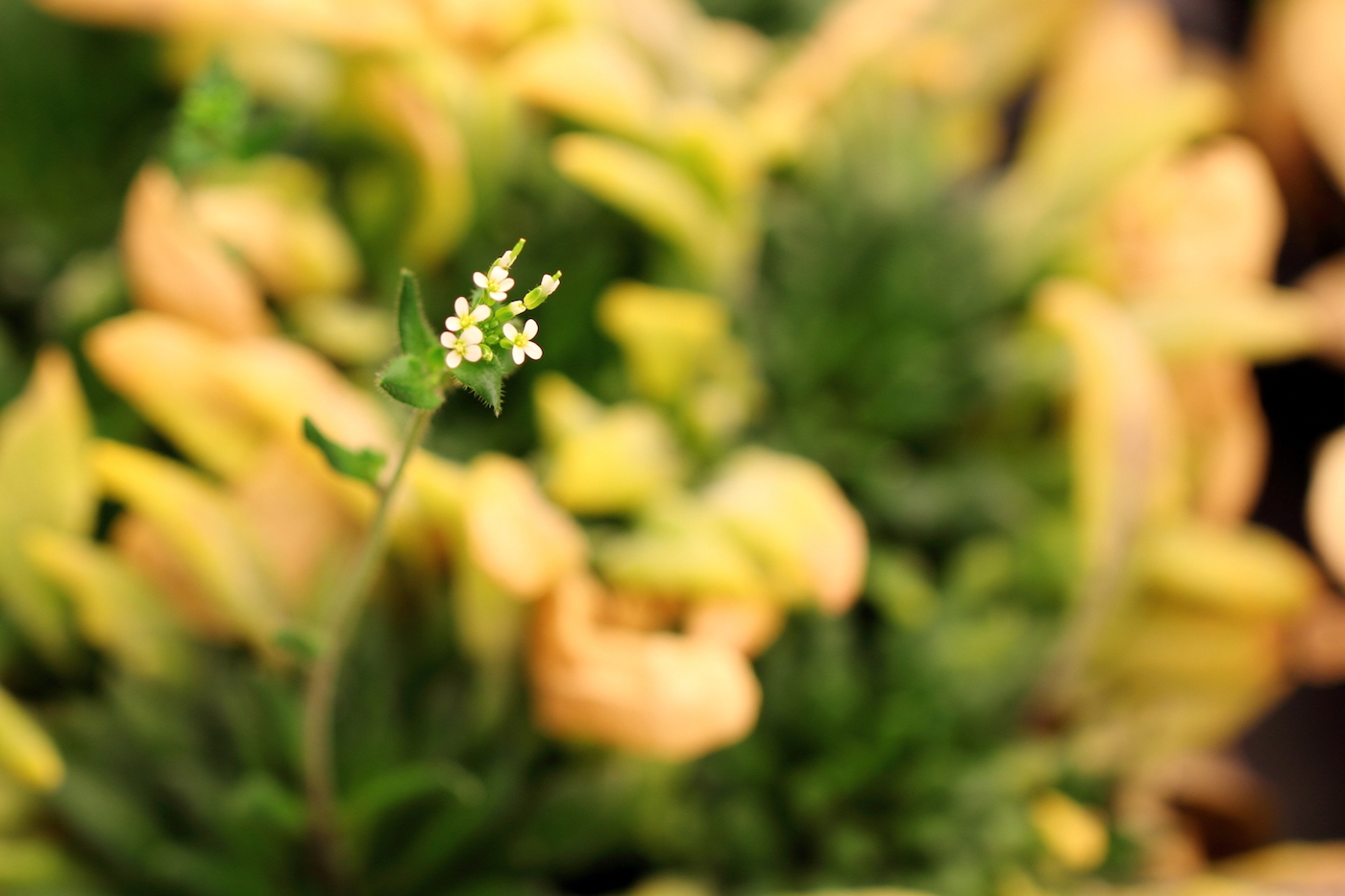| Pb Mine soil | Arabidopsis thaliana (360 accessions) were cultivated in two soil types with contrasted Pb concentration placed in a growth chamber. Germination and survival were monitored and rosette diameter (RD) of 3 individuals per accession and soil type was measured weekly for 4 weeks. Growth rate of each accession was calculated as mean(RDMine) / mean(RD Control) of the last RD measure. Fifty-day old plants were harvested to measure its nutrient mineral contents. | 15 | Aug/06/2021 |
| Raffinose (22°C and 32°C) | Raffinose measurements at 22°C and 32°C
published in Reichelt et al. 2023
https://doi.org/10.1101/2023.05.15.540763 | 2 | Jun/26/2023 |
| Root growth rates under nutrient deficiency | Data from the paper by Bouain et all. , bioRxiv 2018
"Systems approaches provide new insights into Arabidopsis thaliana root growth under mineral nutrient limitation"
Root growth of different Arabidopsis accessions has been measured on MS plates lacking different nutrients in the early phase of seedling growth.
doi: https://doi.org/10.1101/460360 | 31 | Jul/31/2019 |
| Root growth under Zn deficiency Bouain et al. 2018 | Data from the Plos Genetics paper by Bouain et al. 2018 https://doi.org/10.1371/journal.pgen.1007304 | 14 | Jul/30/2019 |
| Salt induced changes in Root System Architecture | Salt stress affects not only plant size, but also plant architecture. In this study, we focused on salt stress-induced changes to Root System Architecture, by germinating the seedlings on vertical agar growth medium (no salt) and transplanting 4 days old seedlings into plates containing 0, 75 and 125 mM NaCl. The Root System Architecture phenotypes were quantified using EZ-Rhizo software for at least 4 replicates per accession per condition. The plants grown under control conditions were measured 4 days after transfer (8 days after germination), while plants growing at both salt stress conditions were measured 8 days after transfer (12 days after germination). The Root System Architecture traits include Main Root Length, Total Root Size, Lateral Root Length and ~ Density, as well as the length of individual zones (basal, branching, apical) on the main root.
The results of this study were published as Julkowska et al., Plant Cell, 2018, https://doi.org/10.1105/tpc.16.00680 | 59 | Jun/30/2019 |
| Satbhai et. al. Nature Communications 2017 | Low availability of Fe significantly limits crop yields in many parts of the world. However, it is largely unknown which genes and alleles adjust plant growth in Fe limited environments. Using natural variation of a geographically restricted panel of Arabidopsis thaliana accessions, we identify allelic variation at the FRO2 locus associated with root length under iron deficiency. We show that non-coding sequence variation at the FRO2 locus leads to variation of FRO2 transcript levels, as well as ferric chelate reductase activity, and is causal for a portion of the observed root length variation. These FRO2 allele dependent differences are coupled with altered seedling phenotypes grown on iron-limited soil. Overall, we show that these natural genetic variants of FRO2 tune its expression. These variants might be useful for improvement of agronomically relevant species under specific environmental conditions, such as in podzols or calcareous soils (Reference: doi:10.1038/ncomms15603). | 5 | Sep/05/2017 |
| Seed longevity (Renard et. al., 2020) | Four different seed aging treatments (3 artificial treatments (AAT, CDT and EPPO) and dry seed storage (NAT)) were scored in 269 Arabidopsis thaliana ecotypes. | 4 | Aug/26/2020 |
| trichome_development_epidermis_metal_traits | A genome-wide association screen for genes affecting trichome development and epidermal metal accumulation in Arabidopsis
Radek Bezvoda, Yazmín Mónica Landeo Ríos, Zdeňka Kubátová, Eva Kollárová, Ivan Kulich, Viktor Žárský, Fatima Cvrčková
Manuscript in preparation | 18 | May/17/2023 |
